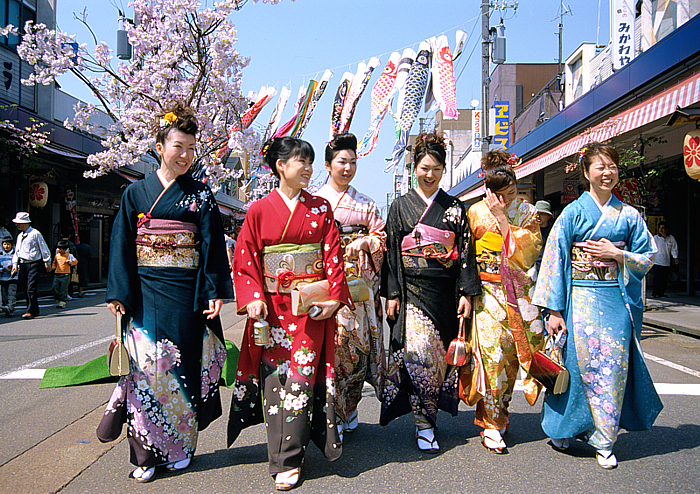Recreational tourism
 Recreational tourism is the movement of people in their free time for the purpose of recreation, necessary to restore the physical and mental strength of a person. For many countries of the world, this type of tourism is the most common and massive. For the development of this type of tourism, recreational resources are needed. Recreational resources are an essential part of the region’s natural potential. In addition, their role in the formation and development of modern tourism in the region is constantly increasing, especially from an ecological and geographical point of view.
Recreational tourism is the movement of people in their free time for the purpose of recreation, necessary to restore the physical and mental strength of a person. For many countries of the world, this type of tourism is the most common and massive. For the development of this type of tourism, recreational resources are needed. Recreational resources are an essential part of the region’s natural potential. In addition, their role in the formation and development of modern tourism in the region is constantly increasing, especially from an ecological and geographical point of view.
Assessment of recreational resources is based on a factor-by-factor assessment of each of the components: topography, water bodies and land cover, bioclimate, hydromineral and unique natural healing resources, historical and cultural potential, etc.), considered from the point of view of using it with a specific type of tourism.
Recreational tourism can be divided into several types:
Tourist and Wellness Type
Cognitive tourist type
Active, adventure, health tours, mountain routes – the sea
Each type requires its own type of recreational resources. Recreational resources are understood as a complex manageable and partially self-governing system consisting of a number of interconnected subsystems, namely: resting people, natural and cultural territorial complexes, technical systems, maintenance personnel and the governing body. The composition of natural characteristics includes the area and capacity of the recreational area, climate comfort, the presence of water bodies, primarily balneological properties, aesthetic features of the landscape, etc. The optimal combination of these characteristics creates the necessary basis for the development of recreational tourism.
For the first type, these are climatic factors, which in combination with mineral water sources and healing mud create favorable conditions for the formation of a resort complex. For the second, besides the above, there is historical and cultural potential. In territorial terms, in the Russian Federation, several main recreational zones can be distinguished. Forest-steppe, forest, mountain and coastal zones have opportunities for organizing both mass recreation and tourism, as well as therapeutic and rehabilitation resort vacations almost all year round. Let us consider more carefully the coastal mountain zone. The Primorsky zone mainly includes the Black Sea coast of the Caucasus from Anapa to Sochi, and the mountainous Caucasian Mineral Waters. The biomedical assessment of climatic and weather conditions in coastal resorts is based on determining the possibilities of various types of rehabilitation and recreation activities in these conditions. The main types of climatic and recreational activities in coastal resorts are aerotherapy (breathing by the sea air, air baths), thalassotherapy (sea bathing), heliotherapy (general sun exposure and their special types), kinesitherapy. The latter includes walks along the seashore, sports games on the shore, active swimming, rowing and other water sports. Combinations of these types of recreational activities are common. So, while staying on the beach, aero-helio-thalasso-film effects are usually combined. Walking along the coast is an aero-kinesin or aero-helio-kinematic action, etc. Despite the noted diversity and complexity of recreation, it is possible to distinguish two of its main types, which depend differently on climatic and weather conditions. Recreational activities of the first kind can be called passive. These include sun and air baths at rest. They are usually carried out in beach conditions. People are naked at the same time. This type of recreation has stringent weather requirements. The second type is active recreation: walking, sports, etc. From passive recreation, active is distinguished, firstly, by the fact that physical activity causes increased heat production. Secondly, during active recreation, people are usually dressed. And although in this case light clothing with a thermal protection level of 0.5-1.0 clos is usually used, in combination with increased heat production this makes lower air temperatures more comfortable than for passive recreation. Weather requirements are less stringent compared to passive recreation. Consider each zone separately.




